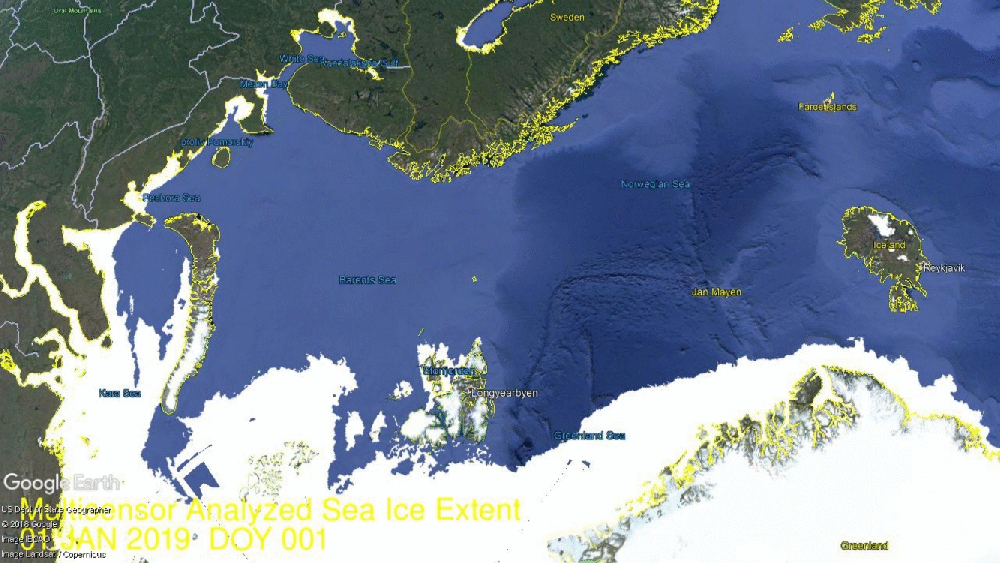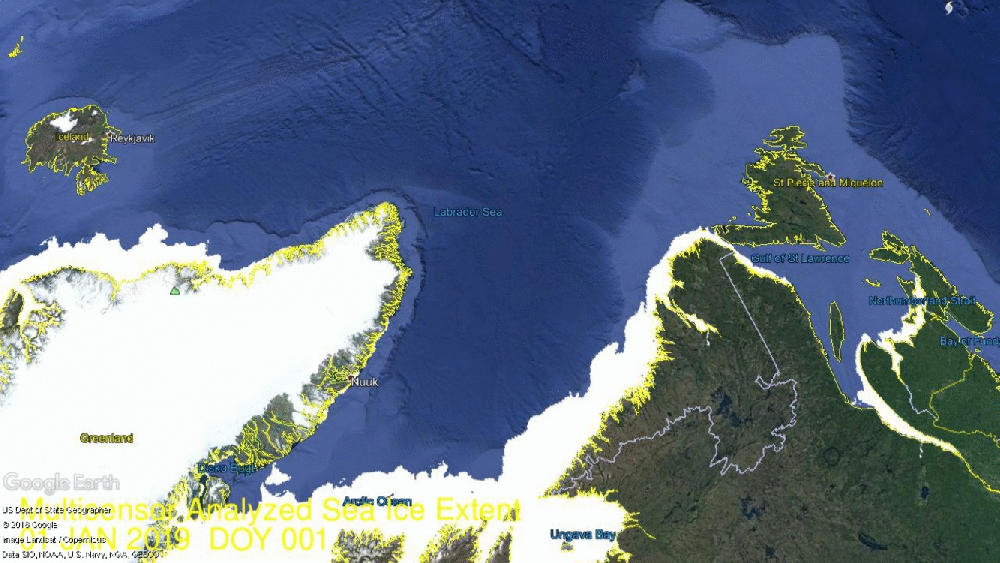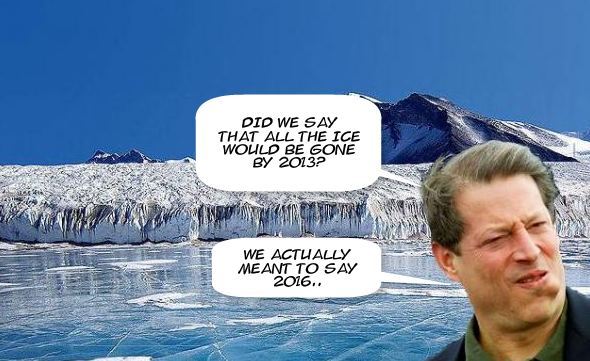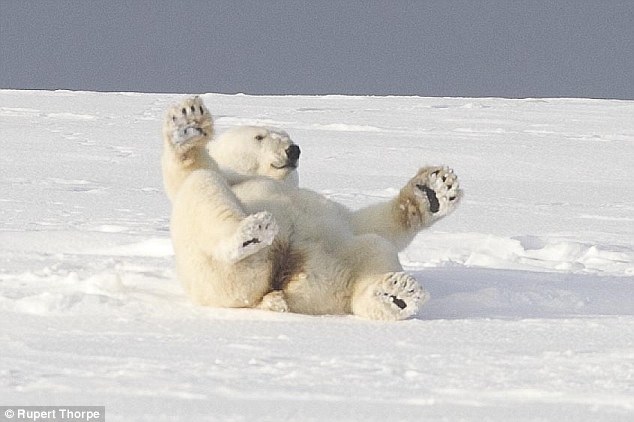
With the usual fits and starts, the Arctic has now frozen solid in the central and Russian basins, and ice extents are recovering on all sides, Pacific, European and Canadian. The laggards have been Kara and Barents Seas, but progress there is shown below.

Kara on the left is virtually iced over, while Barents ice has reached out to claim the eastern coast of Svalbard in the center. On the right Greenland Sea ice is extending toward Iceland. Compared to 2018 March maximums, Kara is 99%, Greenland Sea is 98% and Barents is 60% of maximum. The image below shows 2019 ice recovery on the Canadian side.

Upper left is Greenland sea ice reaching toward Iceland. In the center Baffin Bay is growing ice southward down the Greenland coast. On the right, ice extent has grown along Labrador to touch Newfoundland, and start filling in the Gulf of St. Lawrence. Baffin Bay/Gulf St. Lawrence is now 70% of 2018 March max, which was one of the higher extent years for that basin. Finally we return below to the Pacific ice recovery.

As reported previously, ice extent has rebounded here coinciding with the dissipating warm water Blob in North Pacific. Bering Sea on the right started first and is now 17% greater than maximum last March. Okhotsk sea ice has picked up the pace and is now 58% of March max.

In January, 2018 ice extents tracked the 12 year average (2007 to 2018 inclusive), at times pausing and then surging. SII 2019 is showing slightly less ice, averaging 100k km2 lower. As of yesterday, this year has gained about 500k km2 more ice than either 2017 or 2018.


from Climate Change Skeptic Blogs via hj on Inoreader http://bit.ly/2W4wAD2
No comments:
Post a Comment